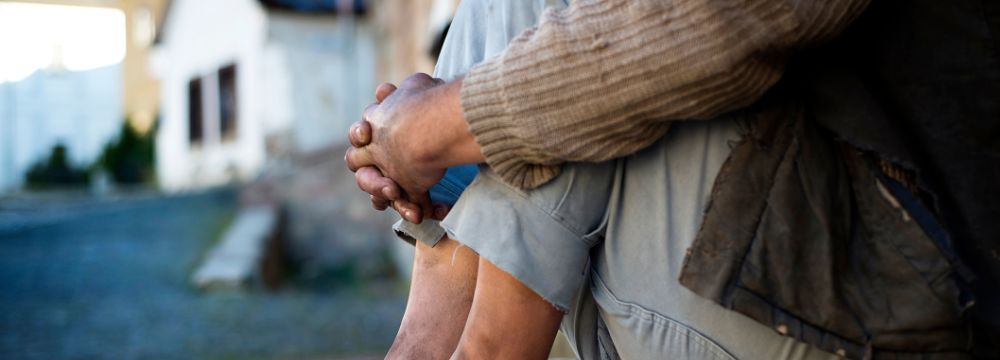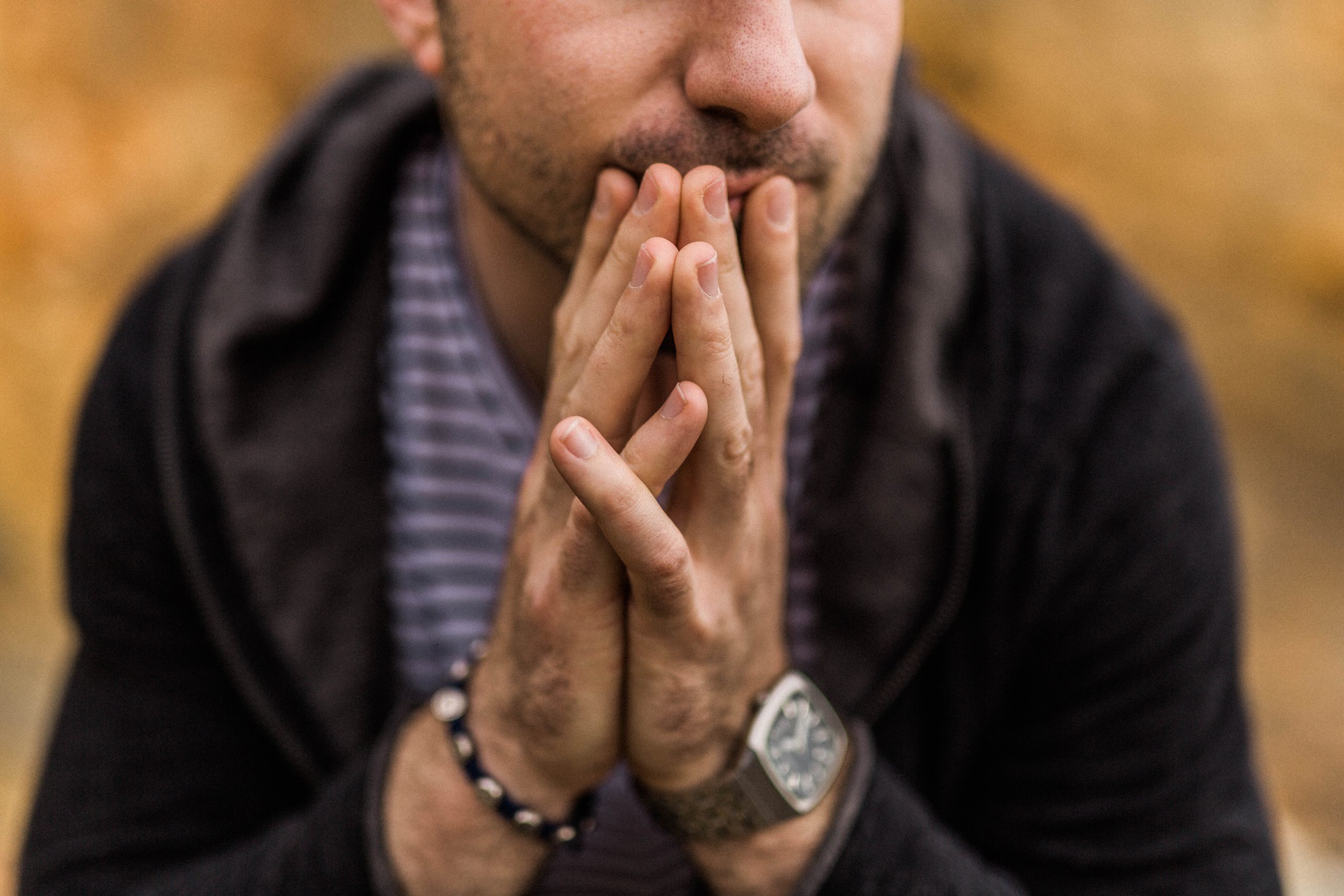Is Homelessness a Mental Health Issue?

Homelessness has always been a major societal concern, with hundreds of thousands of homeless individuals¹ around the United States (over 580,000, to be more precise.) About 5% of the homeless population are unaccompanied youth under 25. Various local governments, charitable organizations, and even the federal government have tried to solve the homelessness crisis, yes, we’ve made surprisingly little headway. Quite the opposite. homelessness has risen, according to the National Alliance to End Homelessness’s 2023 State of Homelessness report.
Homelessness is, of course, an incredibly important societal concern that we must address. For one, the homeless population suffers from several significant health and safety issues, including inclement climates, violence, and physical health issues. In addition, the trauma caused by experiences while homeless can lead many people toward drugs, and exacerbate mental health issues. These concerns are top of mind in the neighborhoods where they exist, but as this health and safety crisis worsens, support for what are often costly or time-intensive solutions tends to wane. Sadly, this turns into a vicious cycle where governments that can best afford to address the homelessness problems ultimately pass off these concerns to less well-funded localities that cannot address these issues appropriately. There is little mental health support or access to care, and the problem deepens in a vicious cycle. Ultimately, while we all mean well, the buck is passed repeatedly.
Does Homelessness Cause Mental Health Problems?
Homelessness in and of itself is not the cause of mental illness, rather, it can exacerbate existing mental illness or trigger new mental illness. Homeless individuals often suffer from depression, anxiety, and psychotic disorders. These often lead to substance abuse, most often alcohol-related but also substance-related. On the other hand, mental illness can be a cause of homelessness. As we know, mental illness is not adequately addressed in the United States and around the world (please see our discussion on the undertreatment of anxiety in adults).
State and federally-run mental health centers are on the decline, and mental health primary facilities, like The Sylvia Brafman Mental Health Center, are few and far between, especially compared to addiction-primary treatment facilities. While we understand that mental health care issues are a significant underpinning of the homelessness crisis, only recently have we begun to develop comprehensive protocols to address the problem from a mental health perspective. This is mostly because mental health issues cannot be treated at the moment, like many physical ailments – they require ongoing care. However, the disparities in available care are significant from one community to another. Putting a homeless person up in a shelter, purchasing a hotel, or leasing hotel rooms is a quick fix that gets them off the streets. However, these solutions do not last long as they do not address many underlying concerns. Mental healthcare is a slow and steady process that requires a combination of technology and proper therapeutic care.
You see, proper therapeutic care does not just mean medications. Most homeless patients will benefit from ongoing talk therapy and assistance with self-care, career guidance, spiritual guidance, and more. These components of the five pillars of Sylvia Brafman apply to anyone with mental health concerns, including homeless individuals. The psychological, medical, clinical, spiritual, and vocational aspects of a mental health program combine for the highest levels of success. Further, much like we do in our program, the family is an integral part of the healing process, something that is often not addressed in the homeless population due to funding and human resources shortages. As you can see, the complexities and breadth of mental health treatment make addressing homelessness due to mental illness incredibly difficult.
Is There a Light at the End of the Tunnel?
In some ways, the rise in understanding and acceptance of mental health concerns in the wider population has also benefited the homeless population in that we have a better collective understanding of what mental health looks like and how mental healthcare can help. However, the homeless population will likely be one of the last treated groups because they are often invisible to politicians and government officials until the concern boils over.
Ben Brafman, co-founder of The Sylvia Brafman Mental Health Center, discusses the challenges by saying: “Homeless individuals are battling several challenges in their daily lives: shelter, food, physical ailments, threats of violence, substance abuse. While mental health is a critical component of ending homelessness as we know it today, we see the more obvious challenges and try to address them. He continues, “It’s very hard to convince an individual or a local government, for example, that mental healthcare is a necessary and primary component of the solution when many other concerns are more visible.”
PTSD, Military, and Homelessness
Unfortunately, veterans are, by some estimates, 50% more likely to become homeless than the general population. Some studies suggest that upwards of 17 percent of the homeless population is comprised of veterans. It isn’t a stretch to understand why. Post-Traumatic Stress Disorders (PTSD) due to military service in wars from the 20th and 21st centuries have proliferated. In fact, traumas of this kind typically underlie most addiction and mental health concerns in veterans and other first responders. While there are charities that help with the homelessness crisis in the veteran population, more must be done on a governmental level to enact policies that don’t just address whether someone has a home to live in but also get to the core of why they find themselves in that position.
An interesting fact: About 500,000 veterans are homeless at some point during the year. However, as of 2009 data, the VA only serves about 92,000. Hundreds of thousands of veterans do not get appropriate care despite being disproportionately affected by homelessness and its associated concerns.²
Homelessness is a significant concern that should be addressed on a family-, community-, regional-, and federal level to effectively get individuals off the street and back to productive lives. Of course, the solution is easier said than done, but thousands of concerned Individuals around the country support causes that will eventually crack the homelessness code.
Regardless of where someone lives and their socioeconomic status, there is the possibility for healing and improved mental health. We encourage you or your loved ones to understand more about mental health care and what can be done within and outside the homeless population. Together, we can make a real difference and find solutions to a problem that, right now, seems impossible.



